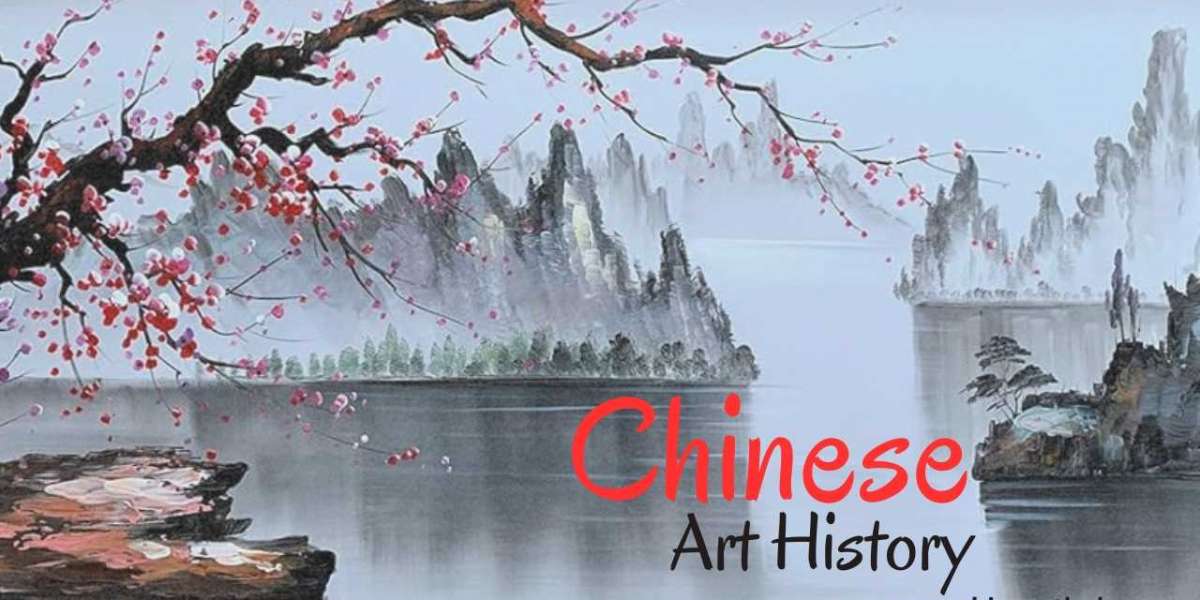Chinese art history is a vast and fascinating journey that stretches over thousands of years, deeply rooted in philosophy, nature, symbolism, and dynastic transformations. At China Art Hub, we celebrate this rich artistic heritage by exploring how ancient traditions continue to shape modern expressions of Chinese creativity.
The Origins of Chinese Art
Chinese art dates back to the Neolithic period, with early jade carvings, pottery, and bronze works revealing not only technical skill but also spiritual and societal values. These early pieces often reflected cosmological beliefs, tribal rituals, and ancestral reverence—elements that continued to influence later dynasties.
During the Shang and Zhou dynasties, bronze vessels became prominent, used in ceremonies and symbolizing power. Decorative motifs like the taotie (mythical mask) embodied early artistic symbolism that merged function with meaning.
Han to Tang Dynasty: A Golden Era of Expression
The Han Dynasty saw art becoming more accessible to the masses, with burial objects like ceramic figurines, lacquerware, and silk paintings gaining popularity. Confucian ideals, Daoist themes, and Buddhist influences began to blend, setting the foundation for the Tang Dynasty’s golden age.
In the Tang period, Chinese art flourished globally. Buddhist mural paintings, court paintings, and three-color glazed pottery (sancai) became iconic. This era also marked the expansion of cultural exchanges via the Silk Road, leading to new styles and motifs.
Song to Yuan: The Rise of Literati Art
The Song Dynasty introduced one of the most refined periods in Chinese art history. Artists like Su Shi and Ma Yuan emphasized nature, emotion, and personal expression over ornate courtly aesthetics. Ink wash painting—a hallmark of literati (scholar) art—reflected a pursuit of balance, harmony, and spiritual introspection.
The Yuan Dynasty, under Mongol rule, continued this trend. Artists like Zhao Mengfu adapted older traditions while embracing new freedoms in brushwork and composition, often conveying subtle resistance to foreign rule.
Ming and Qing Dynasties: Complexity and Refinement
The Ming Dynasty is known for its exquisite blue-and-white porcelain, classical gardens, and narrative scrolls. Art returned to a focus on craftsmanship and heritage, with renewed interest in traditional forms.
The Qing Dynasty added richness through imperial patronage. Detailed court paintings, cloisonné enamelware, and Peking glass showed technical brilliance. However, this period also saw a decline in individual artistic freedom, often replaced by highly formalized aesthetics.
Preserving the Legacy Today
Chinese art history is not just a relic of the past—it’s a living tradition. At China Art Hub, we offer painting tools, brushes, and supplies that honor centuries of artistic mastery while inspiring today’s artists to explore their heritage.
Whether you're a beginner or a seasoned creator, understanding Chinese art history deepens your appreciation of every stroke, symbol, and style.








